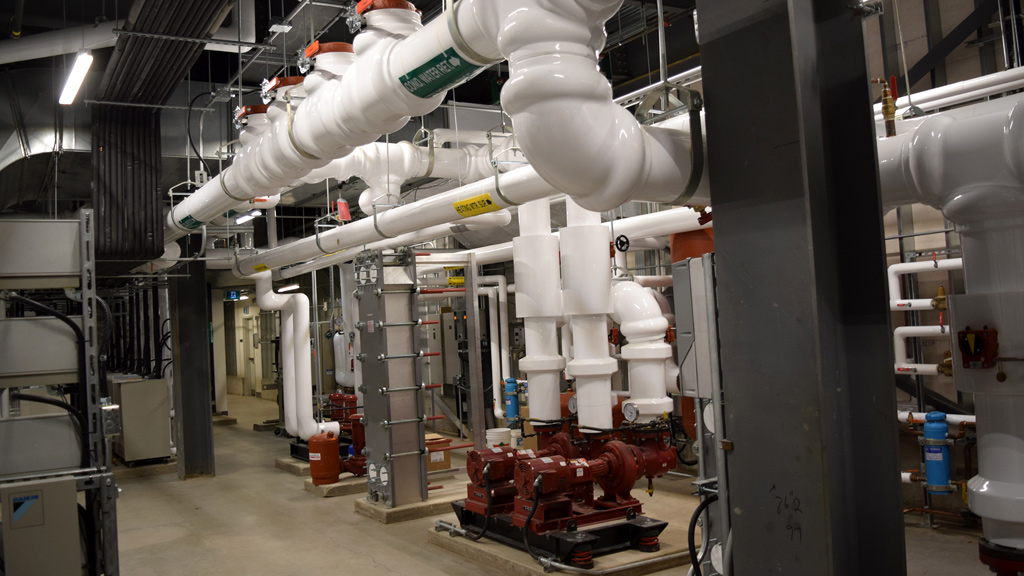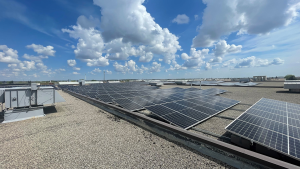Two associations representing mechanical contractors are calling on the federal government to adopt a National Retrofit Strategy as part of its promised $70 to $100-billion economic recovery package due to be unrolled in the second half of 2021.
The Mechanical Contractors Association of Canada (MCAC) and the Canadian Institute of Plumbing and Heating recommend in a new paper titled Investment in Retrofits: Key to Canada’s Green Recovery Post-Crisis that the Liberal government spend $20 billion over five years on retrofit projects, including federal buildings, to stimulate the economy post-pandemic.
The plan also calls for streamlining of various regulatory requirements including increased uniformity of building codes across the country as well as more support for the skilled trades.
“Investment in retrofits, particularly in mechanical systems, insulation, heat sources and plumbing, will not only create well-paying jobs and stimulate the economy post-crisis, but it will also help Canada achieve its 2030 greenhouse gas emission targets through significant energy savings in retrofitted buildings and homes,” states the document, released in late January.
“It is a win-win situation for government and industry.”
MCAC COO Ken Lancastle explained that prior to the pandemic the two associations were already having discussions about the important role that the mechanical contracting sector could play with respect to new technologies and specifically green technologies in the built environment.
These systems play such an important role with respect to greenhouse gas emissions and energy efficiency,
— Ken Lancastle
Mechanical Contractors Association of Canada
“We know that buildings in the built environment are significant contributors of greenhouse gas emissions,” he said.
“We also know that a lot of buildings that are in place today are still going to be used 20, 30 years from now, so it’s important to talk about greenhouse gas emissions, to reflect on how new technologies and new building systems can help address some of those emissions.”
Besides the spending requests, the National Retrofit Strategy includes a recommendation that the federal government work with the private sector to introduce innovative retrofit financial instruments such as Toronto’s Energy Savings Performance Agreement, implement a low-cost retrofit loan program to make retrofits more affordable, and work with provinces and territories to broaden the scope of existing provincial, territorial and municipal retrofit projects.
“The mechanical system is really the circulatory system of a building,” said Lancastle. “These systems play such an important role with respect to greenhouse gas emissions and energy efficiency, but also to the health and safety of the occupants.
“We have to reflect on the fact that these systems are fundamental to the health and safety of Canadians and especially as we learn more and more about not just this pandemic but how viruses can spread within a building.”
As part of its regulatory harmonization plea, the partner associations urged the federal government to work closely with the Provincial/Territorial Policy Advisory Committee on Codes to ensure timely adoption of the National Codes at the provincial and territorial levels by the first quarter of 2022.
The report estimates that different regulatory requirements, time frames for code adoption and uneven enforcement costs can create added cumulative costs throughout the supply chain of between 30 to 40 per cent on a given project.
“There was a lot of good work that was already being done in this area,” Lancastle said, referring to national discussions on publishing the code.
“But respecting the jurisdictions is important.”
The report also recommends that the federal government spend to provide training opportunities to upskill trade workers and retrain workers from other sectors to join the skilled trades, and that the federal government fully implement the recommendation from the 2020 Recovery Task Force to invest $1.25 billion in workforce development for energy efficiency and climate resiliency.
And it calls for $10 million per year over the next five years to be spent on marketing and promoting skilled trades professions to various groups including under-represented demographics.
“It really does become a more holistic approach, to ensure that we take all of these steps, so that we can attract more people to the industry, so we can upskill the workers, so they can do the work, so that the government can help achieve its climate change and energy efficiency agenda,” said Lancastle.
“That was really what drove the development of this document.”
Follow the author on Twitter @DonWall_DCN.











Recent Comments